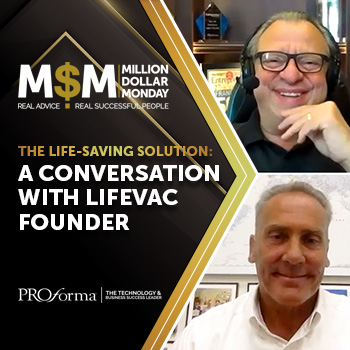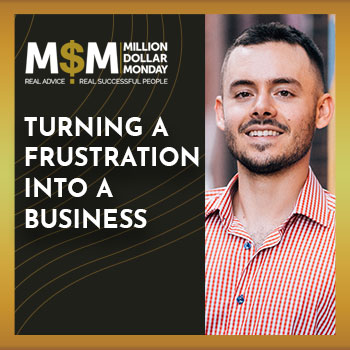Things are opening up little by little (or rapidly in some places). Restaurants are serving customers again. You can go back into your neighborhood stores for the most part. But things are still pretty far from normal. With COVID-19 cases spiking in several parts of the U.S., health officials as well as government authorities have continued to stress the importance of face coverings when it comes to stopping and slowing the spread of the virus.
A bit back, we had an in-depth look at different kinds of face masks at a time when this was still mostly new or rapidly changing information. The consensus from health experts now is that anything is better than nothing—even just a bandana can do a serviceable job protecting yourself and others from the spread. And the CDC recently affirmed that widespread mask use can prevent the spread of COVID-19.
One of the primary takeaways in our coverage was that, although they are the most effective in filtering out airborne particles, N95 masks should be mostly allocated for health care professionals who come into contact with sick individuals on a daily basis. But we’re at a point in the U.S. where although things are open or opening, the fight against COVID-19 is only intensifying, so there’s still great risk for workers in restaurants, grocery stores, health facilities and other places that have reopened.
And in those cases, businesses will be looking to protect their employees as much as possible with PPE. Regular face masks are a start, and those are fairly easy to come by or even make from home. But just like health care workers are coming face to face with potentially sick people every day, so too are food service and retail workers. In those cases, it comes into question whether they would be better suited using more substantial face shields, either in addition to or in place of masks.

Let’s look at that latter point first—the advantages face shields might have over masks.
“People who wear these homemade cloth masks are invariably touching their face constantly to adjust it, and we know that touching your face is one routine mechanism for infecting you,” Dr. Amesh Adalja, a senior scholar at the Johns Hopkins University Center for Health Security, told NBC News. “When you’re wearing a face shield, you’re less likely to touch your face.”
“People subjectively feel very muffled when they’re wearing a mask, and they feel less comfort when they’re breathing when they’re wearing a mask,” he added.
For the hard of hearing community, keeping one’s mouth visible can be crucial for communication. Cloth face masks would keep people who depend on lip reading from understanding what someone might be saying, but a clear face shield would make that still possible. In cases where mask use is not possible—for example, if health issues prevent someone from wearing one—a face shield would also be a good substitute. Disney World recently announced it will provide them for guests unable to wear masks in the park.
Face shields also provide a strong barrier to stop large virus particles in both directions—incoming and outgoing. However, it’s not iron-clad. When it comes to filtering out smaller particles, face masks likely still have the upper hand.
“A cloth mask or a medical mask is going to do a better job of protecting you against the smaller particles than a face shield would,” William Lindsley, a research biomedical engineer at the National Institute for Occupational Safety, told NBC. “A face shield is good against the really big stuff [particles] that you can kind of see. But as the stuff gets smaller and smaller, it’s just easy for that to go around the face shield and be inhaled.”
What face shields also do is protect the wearer’s eyes, which plays an important role in preventing the illness, as if someone has it on their hands and then touches their eyes, they could infect themselves. Face shields are also relatively inexpensive and available to the public, but it brings up the same question as those looking for N95 masks: Just because you can buy them, should you?
Face shields are designed for people who come into contact with airborne pathogens regularly, such as doctors and surgeons, or dental workers who work around droplets flying around the room from drills and tools. These are products that directly work to protect their eyes and other mucous membranes from large droplets.
And in most cases, even with the shield, a mask is still necessary. Here’s an excerpt from AARP:
You’re likely to find only health care workers wearing both a shield and a mask simultaneously, however. “I don’t wear the shield alone,” says Anne Mary Orr, a dentist in private practice in Broken Bow, Oklahoma. “At work, the whole point of the shield is to keep particulate matter off the mask. The N95 mask I wear under it helps filter breathing the virus. Our greatest risk is to inhale an aerosol at work, more so than focusing on the droplets.”
But for promotional products distributors who sell to the health care industry, emergency responders and even food service, plastic face shields are a viable product.
There’s plenty of room for an imprint on the piece that fits around the wearer’s head, and it’s something that can be sanitized and used repeatedly without impacting effectiveness. It adds to a uniform and overall brand aesthetic the same way a hat, name tag, apron or other accessories can. When it comes to worker safety, doubling up with a mask and face shield certainly provides more protection than one or the other.
For the average person who needs a mask to go to the store, pick up dinner or just take a stroll around the neighborhood, a face shield probably isn’t necessary. But face shields might make sense for certain end-users, such as anyone attending outdoor sporting events where there there may be cheering.



